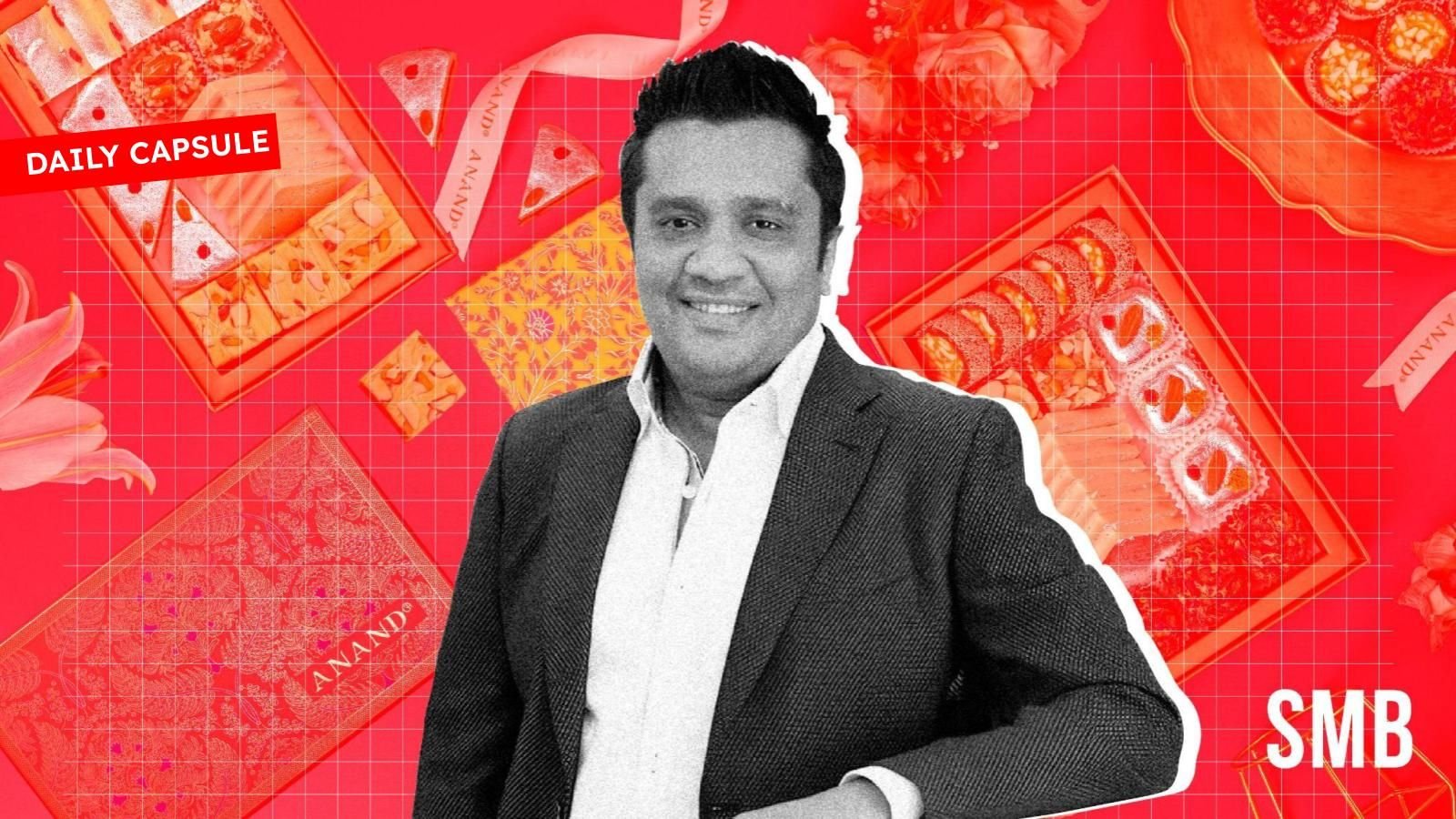Designing a life, not just a career: Making space for what truly matters


People focus on a great career and assume that a great life will ensue. I’ve pursued a great life and, in it, developed a great career.
When I founded QAI decades ago, I wasn’t chasing growth, scale, or market domination. Sure, we competed hard, fought many battles, and were all in… into building an institution. But I wasn’t building QAI to become my calling card. I was responding to a calling, and I was lucky to find amazing fellow travellers.
From the outside, I may have looked like the classic CEO, with a global footprint, financial success. But inside, I was making more intentional choices: saying yes only to what energised me, walking away when it didn’t, and shaping a life I could believe in. That’s what Designing Your Life (DYL) is about—not perfect planning, but mindful crafting.
Thankfully, I stumbled upon the book by Stanford Professors Bill Burnett and Dave Evans five years ago. Ever since, I have been deep into the study of what makes for great “life design”.
Here are some Designing Your Life tenets that have served me over the years, and I believe they are worth your deep consideration:
Coherence over convention
DYL speaks of a coherent life, where who you are, what you believe, and what you do are in sync. That coherence was my quiet compass. Coherence is the alignment between who you are, what you believe in and what you are doing.
A small example: I’ve had more meetings with my design team (because design, beauty, and structure are values that I have) than with my CFO! And more with employees (because people matter) than with clients (because transactions aren’t that exciting. That wasn’t neglect…that was by design.
Even in business strategy, I followed what DYL calls the “good enough job”—work that sustains you, energises you, and leaves space for the rest of your life.
As Arthur Brooks, from Harvard, puts it: “You can’t engineer happiness, but you can design a life that’s conducive to it.”
The false dichotomy of work-life balance
I’ve never subscribed to the artificial divide between work and life. That idea always felt hollow, stressful and even confusing. Life is one canvas, and in it there’s work. The real question isn’t “How do I balance it?” but “How do I design balance across a portfolio: work, play, health and love?”
My identity was never limited to being CEO. I’ve also been a mentor, film lover, teacher, and most recently, a DYL coach. This portfolio of identities made me more resilient. As Simone Stolzoff writes in The Good Enough Job: “The broader your identity, the less brittle it becomes.” That’s how I stayed curious, grounded, and joyful through life’s seasons.
Energy is the real currency
DYL encourages us to notice what gives us energy and what drains us. For me, it was always about institution building, storytelling, design, mentoring, and deep conversations that lit me up. Endless financial reviews and bean-counting? Not so much.
So I adjusted, not by escaping duties, but by shaping my time, delegating and focusing on the vital few elements.
Prototype your way forward
I had come to realise early in life that: Life’s not going to be a straight line. DYL teaches us to prototype, to try, to explore, to experiment. Walking the oath clears the path…and we know if it’s working for us. Walking, doing, and exploring are necessary since life has no deterministic equations one might solve for.
That’s how I started teaching DYL. That’s how our film club was born. These were not detours. They were vital paths, playgrounds of growth, joy, and unexpected direction.
Many lives within one
One of DYL’s core tools is Odyssey Planning, mapping out multiple versions of your future. I’ve always lived this way. I didn’t have to be just one thing. I could be a builder and a seeker. A business leader and a learner. Designing your life is giving yourself permission to live many truths, at once or over time.
Pause and reflect: we have many lives within us. I have gone from entrepreneur to Visiting faculty, and still, foolishly, harbour aspirations of producing a film one day.
Reframing is a designer’s superpower
Reframing has been one of the most powerful tools I’ve embraced. Instead of seeing midlife as a crisis, I see it as a studio, a creative space to redesign, not a season of loss, but one of reimagination.
Reframing opens up the solution space to any problem. Reframing has helped work on a better life problem. Reframing has allowed one to feel less stuck.
In the end, it’s all about relationships
Looking back, the real return on investment from QAI wasn’t recognition or revenues. It was relationships. We built trust, shared memories, and nurtured the kind of culture we believed in, and these were the actual outcomes. One has been fortunate to meet and hire amazing people along the way.
A well-designed life isn’t one without challenges. It’s one where we’re solving the “right problems”, as opposed to just solving things rightly. Where joy and contribution sit side by side. Where alignment matters more than achievement. Where purpose and play can co-exist. Where identities are not fixed, but flexible, layered, and expansive.
I’ve done battle in my way. And travelled in “life’s aisle seat”…getting the maximum autonomy and freedom given the circumstances.
And the design continues.
(Navyug Mohnot is certified as an educator, coach, and facilitator of Stanford’s renowned Designing Your Life framework.)
(Disclaimer: The views and opinions expressed in this article are those of the author and do not necessarily reflect the views of YourStory.)
Discover more from News Hub
Subscribe to get the latest posts sent to your email.







